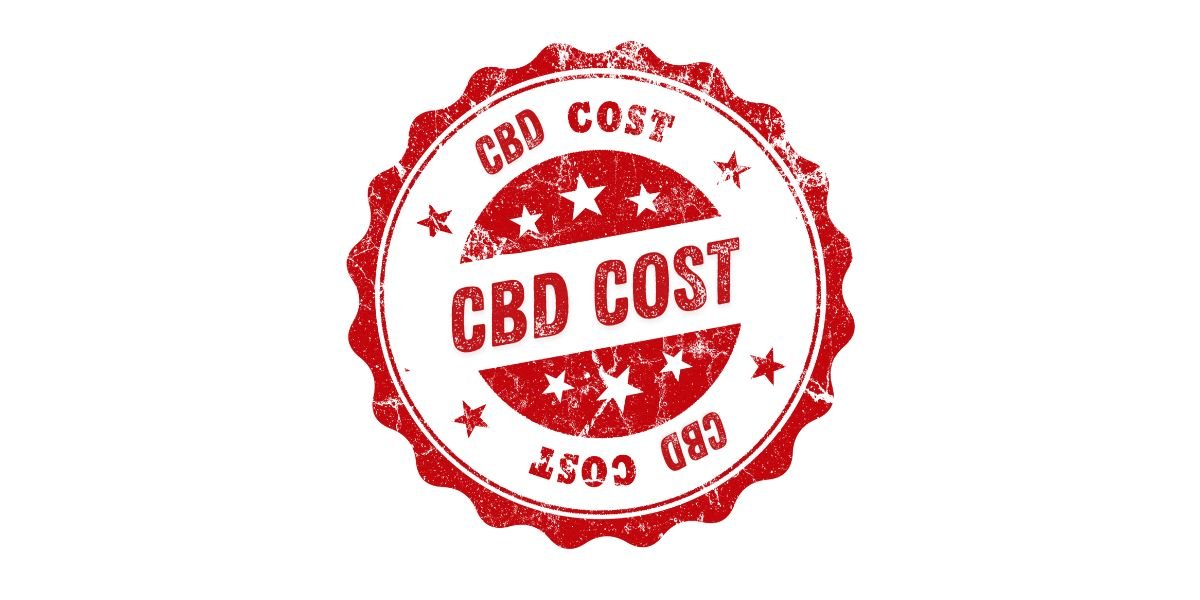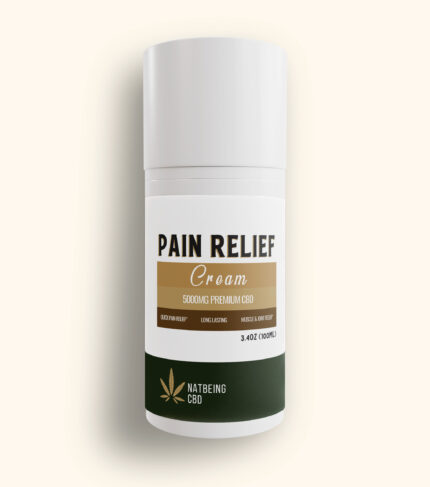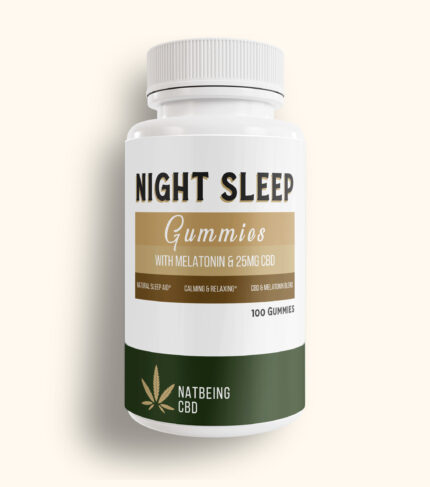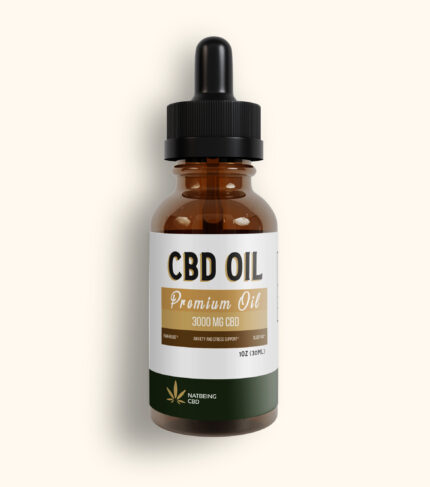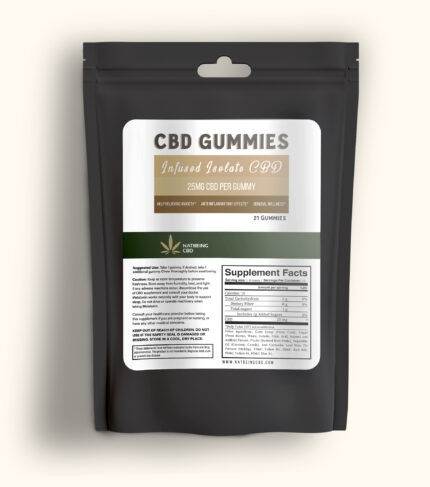
Blog
Sore muscles can be a common aftermath of a good workout. But proper recovery can ease the discomfort.
Post-workout recovery plays a crucial role in muscle health and growth. It helps reduce soreness and improves performance over time. Understanding how to care for your muscles can make fitnePost-Workout Recovery Tips for Sore Muscles: Revitalize Fastss more enjoyable. Whether you’re a beginner or an experienced athlete, knowing effective recovery tips is essential.
Muscle soreness can discourage even the most dedicated fitness enthusiast. But, with the right recovery methods, you can bounce back quicker. Sore muscles are a sign of progress, but they don’t have to be painful. By adopting the right strategies, you can soothe your muscles and prepare for the next challenge. This blog will explore practical tips to ease soreness and enhance recovery. Let’s dive into ways to support your body after a workout.

Credit: www.ndtv.com
Importance Of Recovery
After a tough workout, recovery is not just a luxury; it’s a necessity. It’s easy to overlook this part of your fitness regimen, but ignoring recovery can lead to prolonged soreness and even injuries. A good recovery plan can make a significant difference in how you feel and perform in your next session. Let’s dive into why recovery is crucial for your muscle health and overall performance.
Benefits For Muscle Health
Giving your muscles the time to heal can enhance their growth and strength. When you exercise, your muscles experience tiny tears. Recovery allows these tears to repair and strengthen. This process is essential for muscle building.
Skipping recovery can lead to chronic muscle fatigue. You might think pushing through soreness builds endurance, but it often leads to injury. A friend of mine, who ignored recovery, ended up with a painful tendonitis. She had to take weeks off, which set her back.
Recovery also helps in reducing inflammation. Techniques like foam rolling and massages can aid in this process. Imagine waking up the next day with less soreness and more energy to tackle your workout.
Impact On Performance
Proper recovery boosts your performance levels. If your muscles are well-rested, you can push harder and achieve better results. This means faster runs, heavier lifts, and more dynamic workouts.
Think about the last time you tried working out with sore muscles. Your movements were likely less efficient, and fatigue set in quicker. This is why recovery is a game-changer for those looking to improve their fitness.
Additionally, recovery keeps your motivation high. When you feel good after a workout, you’re more likely to stick to your routine. Skipping recovery might leave you dreading the next session. Ask yourself, would you rather struggle through a workout or enjoy it fully?
Incorporating recovery into your regimen doesn’t have to be complicated. Simple actions like stretching, hydrating, and getting enough sleep can make a big difference. Start treating recovery with the importance it deserves, and watch your fitness journey transform.
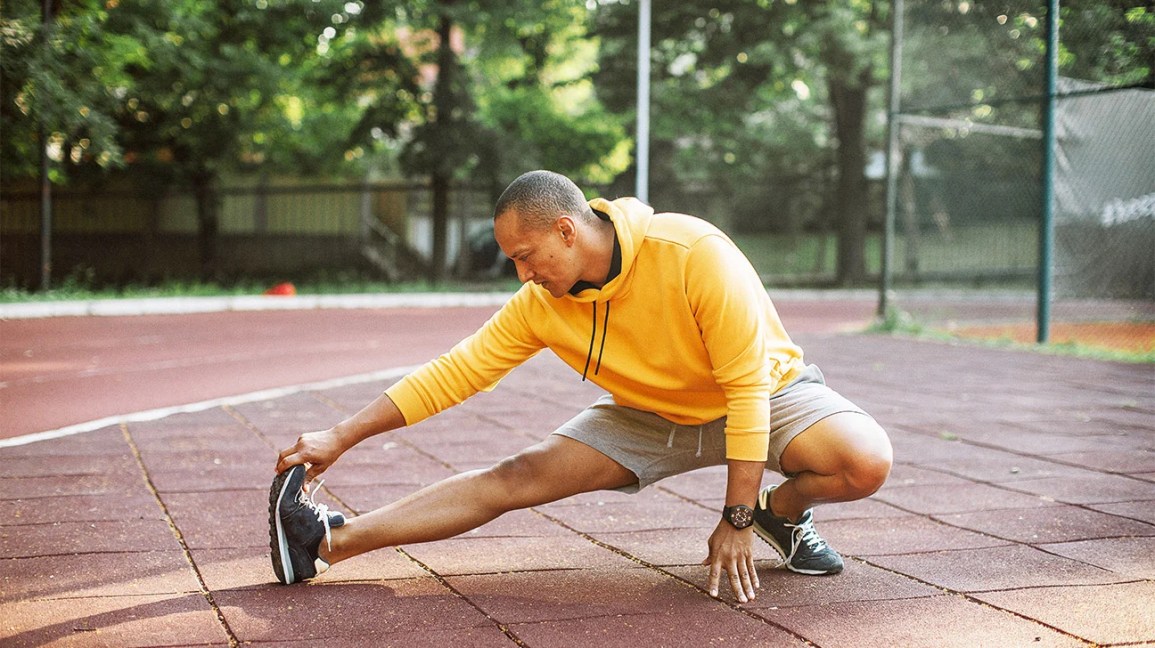
Credit: www.healthline.com
Hydration Strategies
Hydrating after exercise aids in muscle recovery. Drink water to ease soreness and restore energy. Consider electrolyte drinks for faster recovery.
After a grueling workout, your muscles are in need of some TLC, and hydration plays a crucial role in speeding up recovery. Proper hydration not only helps you bounce back faster but also eases muscle soreness. You might wonder, how much water is enough, or what role do electrolytes play? Let’s dive into hydration strategies that can make a real difference in your post-workout recovery routine.
Optimal Water Intake
Getting the right amount of water is essential. The general rule of thumb is to drink at least eight glasses a day, but after intense workouts, your body demands more. Consider your body weight and the intensity of your exercise. A good starting point is to drink half your body weight in ounces. So, if you weigh 160 pounds, aim for 80 ounces of water daily. Sometimes thirst isn’t the best indicator of your hydration needs. Pay attention to the color of your urine—it should be pale yellow. This simple check can guide you in adjusting your water intake.
Electrolyte Balance
Electrolytes like sodium, potassium, and magnesium are vital for muscle function and recovery. They help maintain fluid balance and prevent cramping. After sweating it out, replenishing these electrolytes can be a game-changer. Sports drinks or coconut water can be effective options. They provide both hydration and essential nutrients. You can also opt for natural sources like bananas or avocados, which are rich in potassium. Ever tried adding a pinch of salt to your water? It’s a simple way to boost electrolyte intake, especially after a heavy sweat session. Think about how your recovery could improve with just a few tweaks to your hydration habits. Could better hydration lead to fewer sore mornings and more energized workouts?
Nutritional Support
Boost post-workout recovery by consuming protein-rich foods. Help sore muscles heal with lean meats, eggs, or beans. Hydrate well to support muscle repair and reduce soreness.
Recovering from a workout is just as crucial as the workout itself. Nutritional support plays a vital role in helping your muscles heal and regain energy. Incorporating the right nutrients can make a significant difference in how quickly your muscles bounce back. With the right balance of protein and carbohydrates, you can ensure your body is ready for the next challenge. ### Protein for Muscle Repair Protein acts as the building block for muscle repair. After a strenuous workout, your muscles develop tiny tears that need healing. Consuming foods rich in protein helps to mend these tears, promoting muscle growth and strength. You might wonder how much protein you really need. The answer depends on your activity level, but a general guideline is to aim for 20-30 grams post-workout. Options like chicken, tofu, eggs, or Greek yogurt are excellent choices. Picture this: after a tough session, a hearty chicken salad or a refreshing smoothie packed with protein powder can feel like a reward. Have you ever felt sore for days after a workout? It might be your body’s way of asking for more protein. Listening to these signals and adjusting your intake can help you recover faster. ### Carbohydrates for Energy While protein is crucial, don’t underestimate the power of carbohydrates. They replenish your body’s energy stores, which deplete during exercise. Think of carbs as your body’s fuel, ensuring you have the energy to tackle your next workout. A good practice is to consume carbs alongside protein. This combination aids in faster muscle recovery and energy restoration. Consider a post-workout meal with a balance of both, like a turkey sandwich on whole-grain bread or a bowl of oatmeal topped with fruits and nuts. Feeling sluggish after a workout is common. Have you ever noticed a drop in energy a few hours later? That’s your body craving carbs. Responding with the right foods can help maintain energy levels and prevent that post-workout crash. Do you pay attention to your post-workout meals? If not, it might be time to rethink your strategy. Implementing nutritional support can transform your recovery process, making each workout more effective and enjoyable.
Stretching Techniques
Stretching aids muscle recovery after a workout. Simple techniques ease soreness and improve flexibility. Gentle stretches relax tight muscles, enhancing post-workout recovery.
Stretching is vital for post-workout recovery. It helps ease sore muscles. By incorporating effective stretching techniques, you can improve flexibility and reduce muscle tension. Stretching also promotes blood circulation, which aids in faster recovery. Let’s explore two essential stretching methods: dynamic and static stretching.
Dynamic Stretching
Dynamic stretching involves active movements. It warms up your muscles and increases your heart rate. This type of stretching is best done before a workout. It prepares your muscles for exercise. Arm circles and leg swings are examples of dynamic stretches. These movements mimic the actions of your workout. They enhance muscle performance and reduce injury risk.
Static Stretching
Static stretching focuses on holding a position. It helps elongate muscles and improve flexibility. This type of stretching is best after a workout. Hold each stretch for 15 to 30 seconds. Remember to breathe deeply and relax. Hamstring stretches and calf stretches are common static stretches. They help alleviate muscle tightness and soreness. Static stretching promotes relaxation and aids recovery.
Massage And Foam Rolling
Massage and foam rolling can ease sore muscles after a workout. These techniques improve blood flow, helping muscles recover faster. Incorporating them into your routine can reduce discomfort and enhance overall recovery.
After an intense workout, your muscles might feel as if they’ve been through a battle. The soreness can be a badge of honor, but also a signal that your body needs some TLC. That’s where massage and foam rolling come in. These recovery techniques can help ease muscle tension, improve flexibility, and get you back to feeling your best. So, how can you make the most of these methods to soothe your aching muscles? Let’s break it down.
Benefits Of Massage Therapy
Massage therapy isn’t just about relaxation. It can significantly aid in muscle recovery post-workout. Regular massages can help reduce muscle stiffness and improve circulation. This means more oxygen and nutrients reach your muscles, speeding up the healing process. Many athletes swear by massage therapy to enhance their performance. Have you ever noticed how a good massage can leave you feeling revitalized? That’s because it helps release tension and stress, allowing your body to relax and recover faster. If you’re not ready to book a professional massage, even a simple self-massage can offer benefits. Focus on the areas where you feel the most tension. Do you have a particular spot that always feels tight after a workout? Spend a few extra minutes massaging it, and you might notice a difference in your recovery time.
Foam Rolling Exercises
Foam rolling is like giving yourself a deep tissue massage. It can be a game-changer for sore muscles, helping to break up knots and increase flexibility. Using a foam roller after a workout can help reduce muscle soreness and improve your range of motion. To get started, roll slowly over the muscle groups you worked during your session. Feeling tension in your quads after a run? Place the foam roller under your thighs and roll gently from your hips to your knees. Spend about 30 seconds on each area, focusing on any tight spots. You might feel some discomfort at first, but this indicates that you’re working on those tight areas. Over time, foam rolling can become a relaxing part of your post-workout routine. Are you willing to give it a try and see how your body responds? Remember, consistency is key. Incorporating foam rolling into your regular routine can make a noticeable difference in how your body feels and performs. Why not make it a habit and enjoy a quicker recovery and less muscle soreness?
Rest And Sleep
Rest and sleep help sore muscles recover faster after workouts. Good rest promotes healing and reduces muscle pain. Aim for quality sleep each night to rejuvenate the body and support muscle repair.
Rest and sleep are vital components of post-workout recovery. They are not just about downtime; they’re about giving your body the chance to repair and build. Imagine you’re a marathon runner who just crossed the finish line; your muscles are crying out for rest. They need time to heal and strengthen. Without adequate rest and sleep, sore muscles may linger longer, affecting your performance and overall wellness. Let’s dive into why quality sleep and active rest days are crucial for recovery.
Quality Sleep Importance
Quality sleep is a cornerstone of muscle recovery. During deep sleep, your body produces growth hormones essential for tissue repair. It’s like your body’s secret weapon against soreness. If you’ve ever gone to bed exhausted and woken up refreshed, you’ve witnessed the power of good sleep. Aiming for 7-9 hours of quality sleep can make a significant difference. Create a sleep-friendly environment: a cool, dark room and comfortable bedding. Consider limiting screen time before bed as blue light can disrupt sleep patterns. Have you ever wondered why athletes emphasize sleep so much? It’s because they know that without it, their hard-earned gains might slip away. Prioritize your sleep, and watch your recovery accelerate.
Active Rest Days
Active rest days are about gentle activity rather than complete inactivity. Your sore muscles need movement to stimulate blood flow and reduce stiffness. Think of it like a leisurely walk after a big meal; it helps digestion and keeps things moving. Choose activities like walking, yoga, or swimming. These exercises are gentle on your muscles but effective in aiding recovery. If you’ve ever felt worse after doing nothing on a rest day, you’ve experienced the benefit of active rest. Why not challenge yourself to try an active rest day? It might feel counterintuitive, but it’s a powerful way to support your body. Plus, it keeps your routine interesting and engaging. Adding rest and sleep to your recovery strategy is not just smart; it’s essential. How will you prioritize your rest and sleep for better recovery today?
Heat And Cold Therapy
Heat and cold therapy can ease sore muscles after workouts. These methods improve blood flow and reduce inflammation. They also help in speeding up the recovery process. Using heat or cold depends on the type of muscle soreness. Each offers unique benefits to tired muscles.
Hot Baths And Saunas
Hot baths soothe muscle pain effectively. Warm water relaxes muscles and calms the mind. It promotes circulation, which aids in healing. Add Epsom salt to the bath for better results. Saunas also offer a similar effect. The heat increases blood flow and reduces muscle tension. Spend 15-20 minutes for optimal benefits. Stay hydrated during sauna sessions to replace lost fluids.
Ice Packs And Cold Showers
Ice packs reduce swelling and inflammation. Apply them to sore areas for 15-20 minutes. This helps numb the pain and decreases swelling. Cold showers offer similar relief. They tighten blood vessels and reduce inflammation. Alternate between hot and cold showers for best results. This contrast boosts circulation and speeds up recovery. Always listen to your body and adjust methods accordingly.
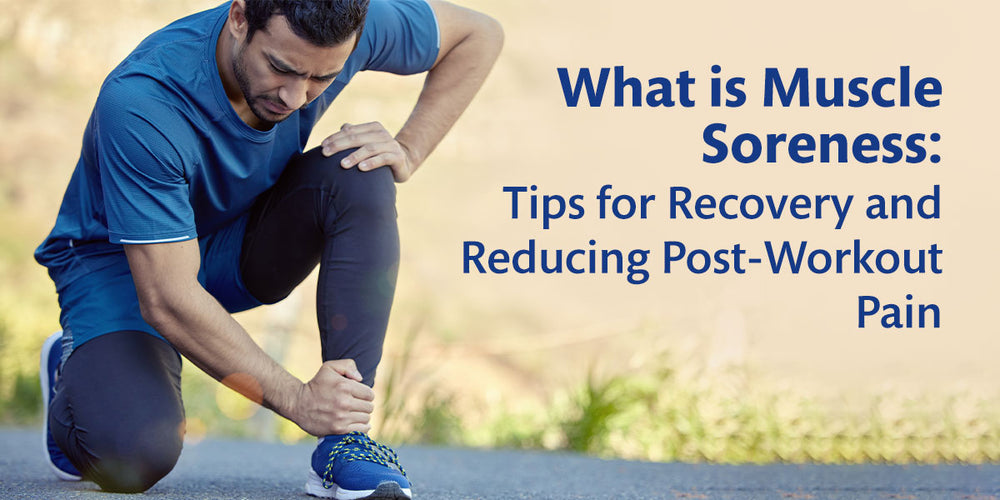
Credit: getmymettle.com
Mindfulness And Relaxation
Post-workout soreness can be a challenge. Mindfulness and relaxation offer relief. These practices calm the mind and ease muscle tension. They also reduce stress and improve overall well-being. Incorporating mindfulness into your recovery routine can be beneficial. Let’s explore some effective methods.
Meditation Practices
Meditation helps focus the mind. It encourages relaxation and eases muscle soreness. Start with a quiet space. Sit comfortably. Close your eyes and breathe deeply. Focus on each breath. Let thoughts come and go. Spend five minutes daily in meditation. Feel your body relax and muscles loosen.
Breathing Techniques
Proper breathing can reduce muscle tension. Try deep breathing after workouts. Inhale deeply through the nose. Hold for a few seconds. Exhale slowly through the mouth. Repeat several times. This technique calms the nervous system. It also aids in muscle recovery.
Frequently Asked Questions
What’s The Fastest Way To Recover From Sore Muscles?
To recover quickly from sore muscles, hydrate well and apply ice packs. Stretch gently and rest adequately. Consume protein-rich foods to aid repair. Consider light massage to improve circulation. Use over-the-counter pain relief if necessary.
Do Muscles Need 2 Days To Recover?
Muscles usually need 48 hours to recover after intense exercise. Resting helps repair and strengthen muscle fibers. Adequate sleep, hydration, and nutrition boost recovery. Listen to your body to prevent overtraining and injury. Recovery time can vary based on workout intensity and individual fitness levels.
What To Take For Sore Muscles After A Workout?
Take a warm bath and gently stretch your muscles. Consider using anti-inflammatory foods or supplements like turmeric. Massage sore areas with a foam roller or seek professional help. Stay hydrated and rest adequately to aid recovery. Use over-the-counter pain relief creams for immediate relief.
How Can I Speed Up My Recovery After Working Out?
Stay hydrated and consume protein-rich foods. Get adequate rest and sleep. Stretch and do light exercises. Use ice or heat therapy for sore muscles. Consider massage or foam rolling for better circulation.
Conclusion
Sore muscles need care after workouts. Rest is crucial. Hydrate well for speedy recovery. Stretching helps ease tension. Nutrition plays a big role. Protein and carbs aid muscle repair. Sleep restores energy. Listen to your body’s needs. Avoid overdoing exercises.
Start slow and steady. Massage can relieve tightness. Warm baths soothe discomfort. Ice packs reduce swelling. Take breaks between sessions. Stay consistent with your routine. Recovery is key for progress. Embrace a balanced approach. Make it a habit. Feel stronger and healthier each day.
Keep enjoying your fitness journey. Your muscles will thank you!
Related posts
How Fast Does CBD Cream 5000mg Work on Sore Muscles?
Menthol and CBD: A Dynamic Duo for Pain Relief
Delta-8 vs Delta-9 THC: Which One Is Right for You?
CBD Cream 5000mg: Powerful Relief for Pain, Muscles & Joints
CBD for Arthritis Pain: What You Should Know
CBD Creams: Made with Hemp Oil for Pain Relief & Joint Support
Understanding Oral CBD vs Topical CBD: Which Works Best for You?
How CBD Cream Supports Your Body’s Natural Balance
CBD Cream for Arthritis Joint Pain: A Natural Way to Find Relief
Is CBD Cream the Secret to Glowing, Healthy Skin?
How CBD Cream Works on Your Skin
CBD Cream Costs: Finding the Perfect Balance Between Price and Quality
Table Of Contents
Recent Posts
Products
-
 CBD Cream 5000mg – Extra Strength Pain Relief Topical Rated 4.83 out of 5$33.93 – $49.99Price range: $33.93 through $49.99 — or subscribe and save up to 25%
CBD Cream 5000mg – Extra Strength Pain Relief Topical Rated 4.83 out of 5$33.93 – $49.99Price range: $33.93 through $49.99 — or subscribe and save up to 25% -
 CBD Sleep Gummies 2500mg With Melatonin - 100 count Rated 5.00 out of 5
CBD Sleep Gummies 2500mg With Melatonin - 100 count Rated 5.00 out of 5$69.99Original price was: $69.99.$34.99Current price is: $34.99. -
 3000mg CBD Oil Rated 5.00 out of 5$29.90
3000mg CBD Oil Rated 5.00 out of 5$29.90 -
 CBD Gummies 500 mg - 21 Gummies Rated 5.00 out of 5$19.90 – $23.00Price range: $19.90 through $23.00
CBD Gummies 500 mg - 21 Gummies Rated 5.00 out of 5$19.90 – $23.00Price range: $19.90 through $23.00

